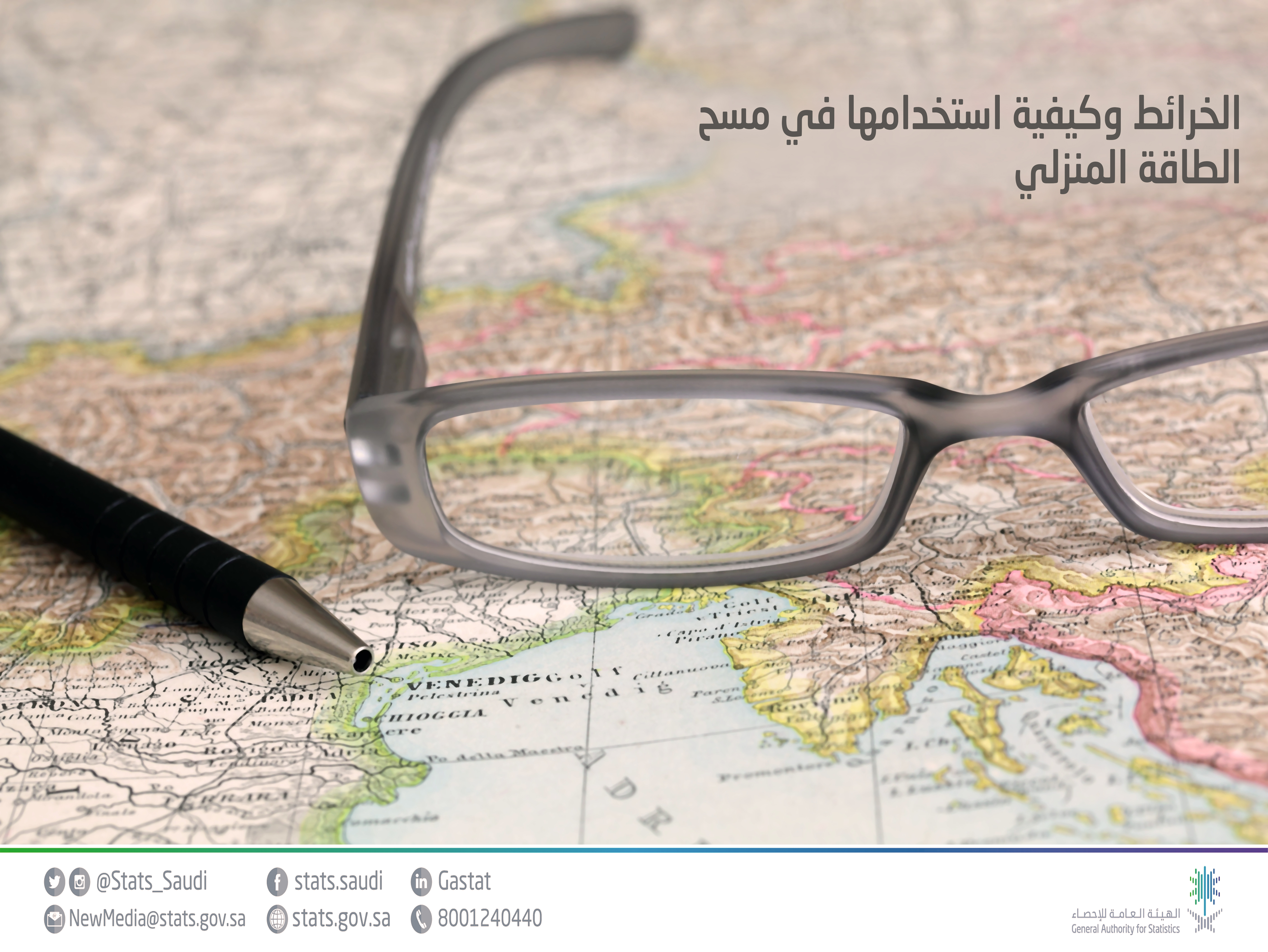Last update 12 / 09 / 2017
Maps and How to Use them in Household Energy Survey

Maps are of great importance in distributing field work among researchers, designating boundaries of neighborhoods, sectors and buildings’ numbers, as well as identifying locations of residential units. Accordingly, researchers can reach them easily to save significant effort to locate residential units included in the sampling.
In cities, researchers will be provided with maps for their work fields, designating the boundaries of neighborhoods, sectors and buildings’ numbers. A yellow continuous line labels the boundaries of neighborhoods, while a green interrupted line sets the boundaries of sectors. As for villages, researchers will have a sketch of their fields with village boundaries and numbers of buildings.
A map or sketch is vital to identify the contents of a counting area, and to locate residential units and households covered by the survey. Each researcher will be provided with a map or a sketch of his designated counting area. A researcher should identify his work field, its boundaries and buildings containing residential units and households included in the sample. Both incorporate key milestones for guidance.










